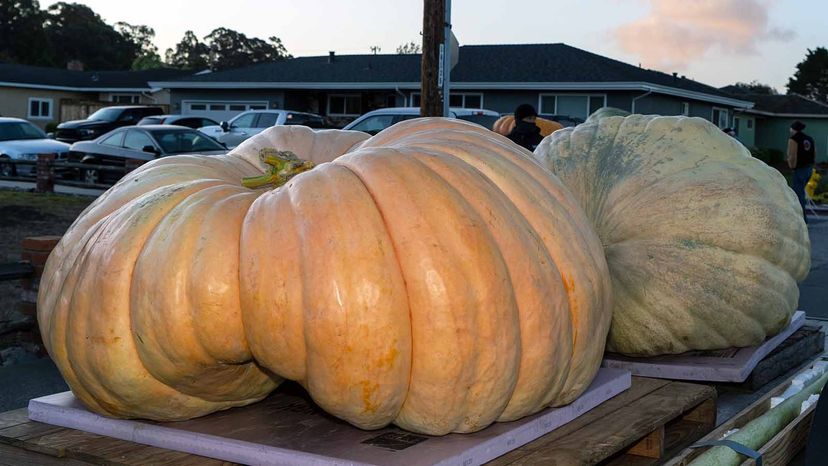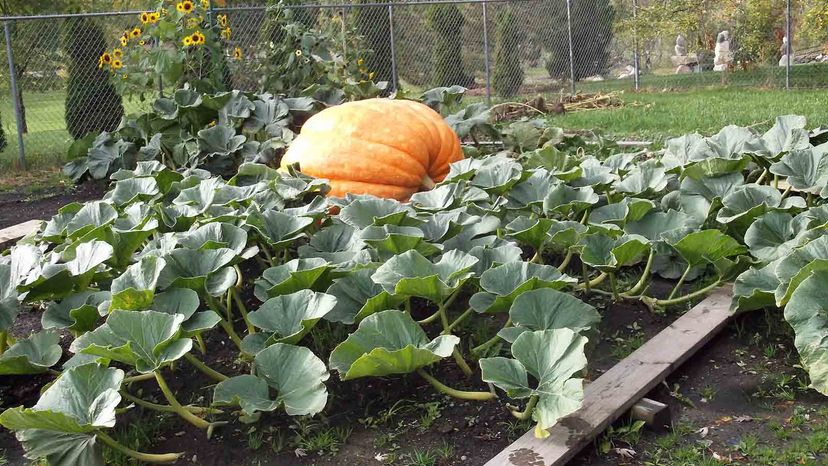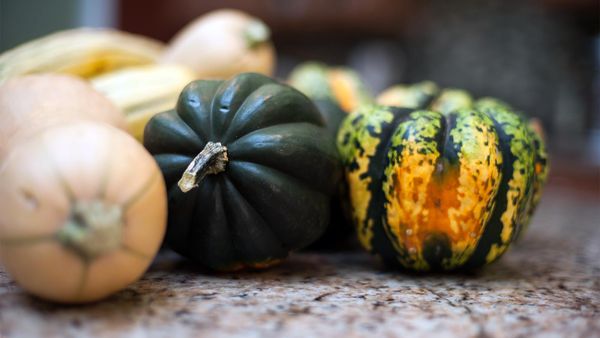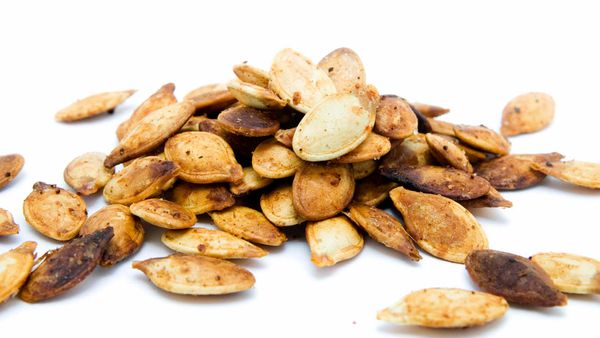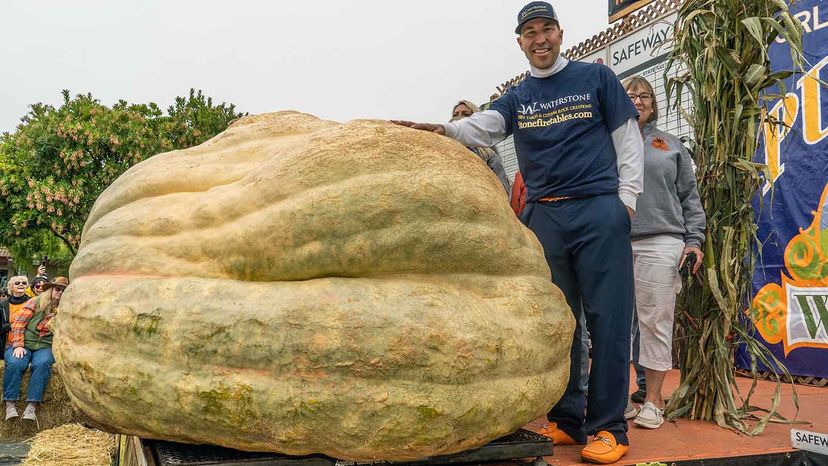
Flannel shirts, fall foliage and colder temperatures are sure signs autumn is here. But there's another obvious thing — and it's a big one — giant pumpkin competitions. They're held all over the U.S. from Alabama to Alaska, but the "Super Bowl of Weigh-Offs" is held in the world pumpkin capital, Half Moon Bay, California.
This year marked the 50th annual Safeway World Championship Pumpkin Weigh-Off and it did not disappoint. The winner was Travis Gienger of Anoka, Minnesota, and his massive pumpkin. This gorilla-sized gourd weighed in at a whopping 2,749 pounds (1,247 kilograms), setting a new North American record for heaviest pumpkin.
Advertisement
"Winning the competition felt surreal," Travis Gienger said via email in 2022. "This has been a 180-day labor of love and more importantly, 28 years of growing coming down to one day!"
2023 was Gienger's third time taking home the gold. His third winning pumpkin was almost 400 pounds (181 kilograms) heavier than his 2020 winning pumpkin. He set the Guinness World Record for heaviest jack-o'-lantern in 2020 with that 2,350-pound (1,065.9-kilogram) pumpkin.
Gienger says he started the seeds for his 2022 "Maverick" in early April to pollinate the pumpkin around mid-June and then nurtured it until the competition. During those 180 days, he had to water and fertilize it multiple times a day, prune and bury its vines, and keep a close eye out for disease and rot.
"To grow North America's largest pumpkin has always been a dream of mine and to finally achieve that has been a dream come true," he says.
Advertisement
